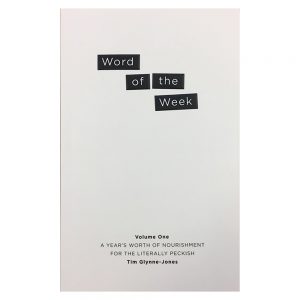This Wednesday a cry came out of a corner of the office, “It’s the first day of Spring!” To which we replied, “Spring doesn’t take a capital letter, unless it’s at the start of a sentence or in a title, of course.” To which the cry came back, “I didn’t say spring with a capital letter, and anyway, it’s not the first day of actual spring.” That’s the kind of uncertainty that unsettles the human spirit.
So come on, when does spring start? Is it when the first daffodil flowers on the roof of the Met Office? Is it when the mad frogwoman of Little Piddlington emerges from her pond and wanders into the Co-op to buy her first 5-pack of Creme Eggs? Is it when the Earth’s 23.5 degree tilt on its rotational axis in relation to its orbit round the sun renders day and night of equal length? Do they even have daffodils on the roof of the Met Office?
It’s one of those questions that the great minds of humanity really should have settled by now. They can calculate Pi, put a man on the moon and invent a toastie that goes in the toaster, but they can’t tell us definitively when spring starts, or whether or not Australia is a continent, or is it Australasia or Oceania, and if it’s just Australia, where does that leave New Zealand?
Incontinent?
It’s no good asking the Met Office. “Depending upon which definition you use, there are actually two different dates that mark the first day of spring,” is all they can say. This is the sort of fluffy prevarication you get when you look to scientists for answers. Creationists may all be mad as cheese but at least they pick an argument and stick to it.
So there’s meteorological spring, which is dictated by the arrangement of the months: quite simply, March 1 – May 31; and there’s astronomical spring, set by the position of the Earth in relation to the sun, beginning with the vernal equinox on March 20/21, when night and day are of equal length, and ending with the summer solstice on June 21/22, the longest day. But the summer solstice is midsummer’s day, so how can that be the end of spring?
Ridiculous.
The word spring, as a seasonal concept, came into the English language as ‘springing time’, a lovely, descriptive 14th century expression, taken from the German springelfolstrumphentische and clearly inspired by the things that were going on at that time of year: streams flowing, buds bursting, lambs birthing, that kind of stuff… Which is all very fluid and moveable from one year to the next and so, therefore, should we not say spring begins when we all agree that it feels a bit springy, rather than when some wishy-washy theorist with a telescope dictates?
And why isn’t spring spelt with a capital letter?
Because, for some reason the seasons are not deemed to be proper nouns, which reinforces the argument that they are more of a feeling than a thing.
So enjoy the rest of winter, folks. And keep your wits about you in the Co-op.


